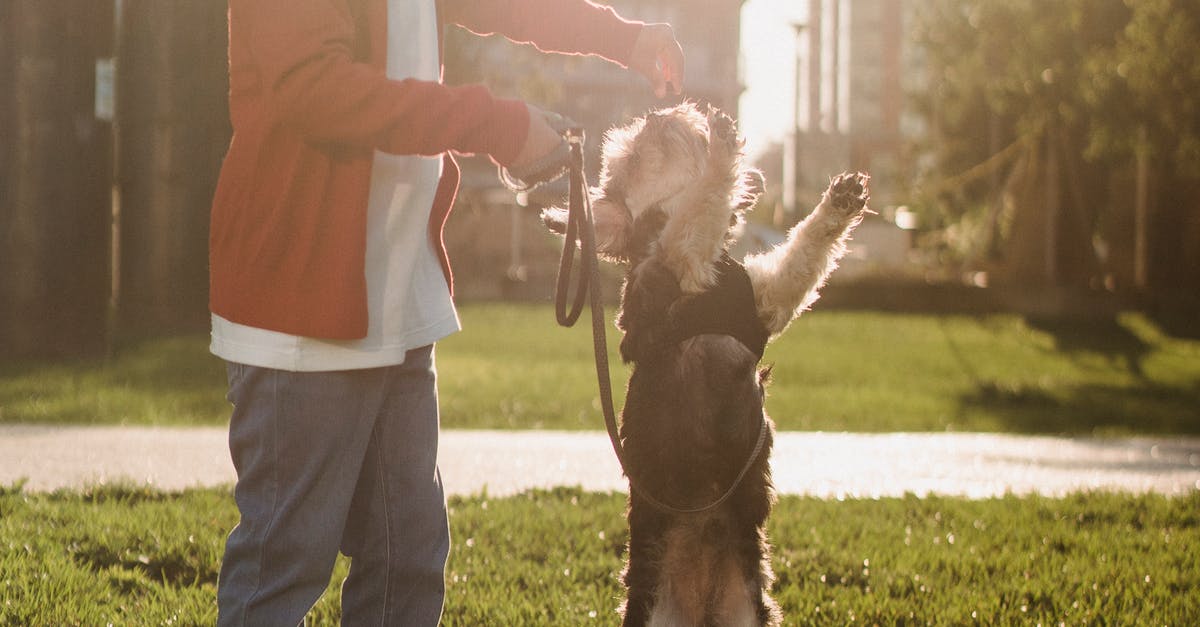
There are some Pit Bull owners who just leave their dogs at the doggy daycare facility and let them be potty trained by the staff on their own. This is not recommended at all, because it usually will just lead to a frustrated Pit Bull puppy barker.
Training PitBull puppies should be started when they are still puppies. You should take them for walks around your neighborhood several times per day. You should always stay on the leash at all times and never let the dog run loose. If you have other dogs that you want to train then you should take them out frequently. The idea is to teach them to know their place in the pack, which means you are going to have to constantly stay on the lead and leash.
House Training
As far as house training goes, you have a few options here. You could try to use toys or treats as a form of punishment. However, this doesn’t work very well and is really only a temporary solution. Instead you should focus on rewarding good behavior. You can do this by giving the Pit Bull a treat after all their good behavior. Here are a few Pit Bull puppy tips for house training that you should definitely keep in mind:
First, you should always try to work on training the Pit Bull puppy from a young age. Most puppies will bark for no reason at all and you should expect that this behavior will continue to develop over a long time. The best thing that you can do is take advantage of this barking by training your puppy to associate you with a positive reaction instead of a negative one. If you are in the house at all times and the Pit Bull starts to bark then you should simply ignore him until he stops barking. You can then reward him with his favorite treat.
A Bad Habit
Next you should consider one of the most basic Pit Bull training tips and that is keeping him from getting himself into a bad habit. One of the most common problems that you will run into with Pit Bulls is them having the tendency to chew on anything they can get their mouths around. To help alleviate this problem, you should consider leaving your Pit Bull in his crate from a very early age. By doing this you will be setting up the environment for your PitBull to learn that he must not chew in order to feel safe.
Another one of the most important Pit Bull puppy tips is to train your puppy not to bark at any signs of trouble in his environment. A lot of times, the barking of a Pit Bull is just a way for them to let you know that something is going on inside. If you are home all day then you should make sure that you keep the house quiet and that your Pit Bull is not constantly barking at every sound that you make. By doing this you will quickly work on getting your Pit Bull to stop barking at everything that he can see. Remember that in order for your Pit Bull not to bark it has to mean there is something else that needs to be addressed.
Let Him Socialize
Some of the most basic Pit Bull puppy house training tips include the need to let him socialize with other dogs and people. The socialization process will take some time but it is essential that he gets used to other dogs and people and not view them as enemies.
As long as you remain consistent with your Pit Bull puppy training tips he will learn that other dogs and people are friends and not enemies. You should always remember to never hit your Pit Bull however if they do accidentally hurt another dog or person then you must take immediate action to remove the attacking Pit Bull.
Final Words
One of the most powerful tools you can use for your Pit Bull puppy’s training is a table saw. Many dogs are scared of this device and tend to avoid it. If your Pit Bull ever encounters a table saw then he needs to learn how to identify it as a source of fear and not a tool of play. If you continue to use the table saw as a source of fear then eventually your Pit Bull will turn against you and attack you. If you use this Pit Bull puppy tip when training then your dog will develop positive traits instead of negative ones.





